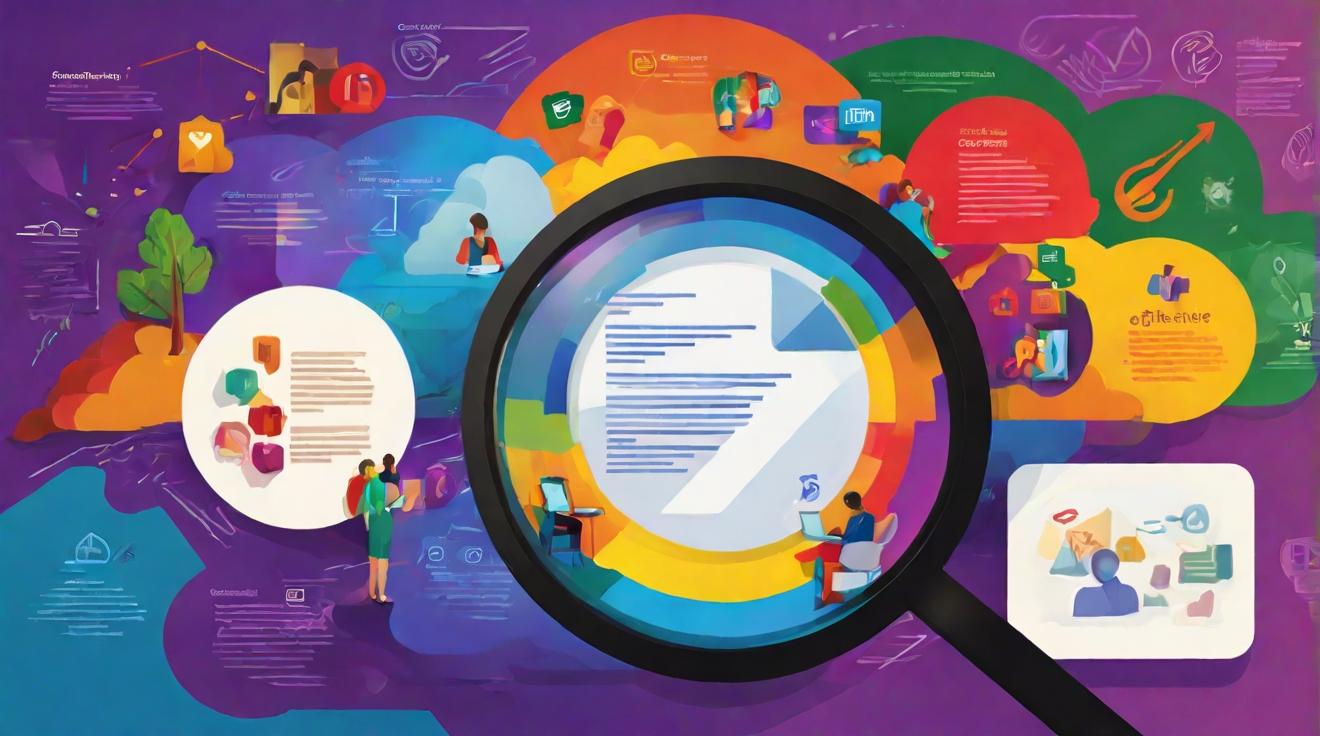Google Workspace vs. Microsoft 365: The Ultimate Productivity Suite Showdown
In the fast-paced world of digital transformation, businesses and individuals alike are on a constant quest for the most efficient, robust, and comprehensive productivity tools. The battleground is dominated by two giants: Google Workspace and Microsoft 365. These platforms have redefined collaboration, communication, and productivity in the digital age. But which one leads the pack? A SWOT analysis (Strengths, Weaknesses, Opportunities, and Threats) of both suites offers a deep dive into their capabilities and how they stack up against each other.
Strengths: The Core Competencies
Google Workspace, known for its simplicity and collaboration-first approach, shines with its seamless integration across apps like Gmail, Docs, Sheets, and Slides. Its real-time editing and powerful collaboration tools make it a go-to choice for teams looking to work together efficiently in a cloud-based environment. Google’s AI and search capabilities further enhance the user experience, making data retrieval and automation a breeze.
On the other side, Microsoft 365 boasts unparalleled compatibility with desktop applications and legacy systems. Its comprehensive suite, including Word, Excel, PowerPoint, and Outlook, has been the gold standard in productivity for decades. Microsoft’s emphasis on security and compliance tools, coupled with advanced features in Microsoft Teams for communication, gives it a competitive edge, especially in large enterprises and industries with strict regulatory requirements.
Weaknesses: Areas of Improvement
Despite its strengths, Google Workspace faces criticism for its less robust offline functionality and the perceived complexity in its administration and management features, which can be a stumbling block for larger organizations with complex IT infrastructures.
Microsoft 365, while powerful, often comes under fire for its higher cost and complexity. Its plethora of features can be overwhelming for small teams and individual users. Additionally, the user experience can feel less intuitive compared to the more streamlined, web-native interface of Google Workspace.
Opportunities: The Path Forward
The future presents ample opportunities for both suites. Google Workspace could further enhance its appeal by improving offline capabilities and simplifying its administration features to attract larger enterprises. Expanding its AI and machine learning features could also offer more personalized and efficient workflows.
Microsoft 365 has the opportunity to streamline its user experience and make its pricing more competitive for small businesses and individual users. Investing in cloud innovations and further integrating AI could solidify its position as a comprehensive productivity suite that caters to all user segments.
Threats: The Competitive Landscape
The biggest threat to both Google Workspace and Microsoft 365 comes from the rapidly evolving tech landscape and the emergence of niche productivity tools that cater to specific needs. These specialized tools can chip away at the user base of both platforms by offering more tailored functionalities at competitive prices.
Additionally, data privacy concerns and regulatory challenges pose significant threats. Both giants must navigate these complexities carefully to maintain user trust and compliance, especially in a world increasingly concerned with data sovereignty and security.
Conclusion: A Battle of Titans
The showdown between Google Workspace and Microsoft 365 is a testament to the dynamic nature of the productivity software market. Each suite has its distinct advantages and areas for improvement. The choice between them ultimately depends on the specific needs, size, and working style of the business or individual.
As we move forward, the continued evolution of these platforms in response to user feedback and technological advancements will be critical. The race to dominate the productivity suite market is far from over, and the winners will be those who not only innovate but also anticipate the future needs of a digitally connected world.













